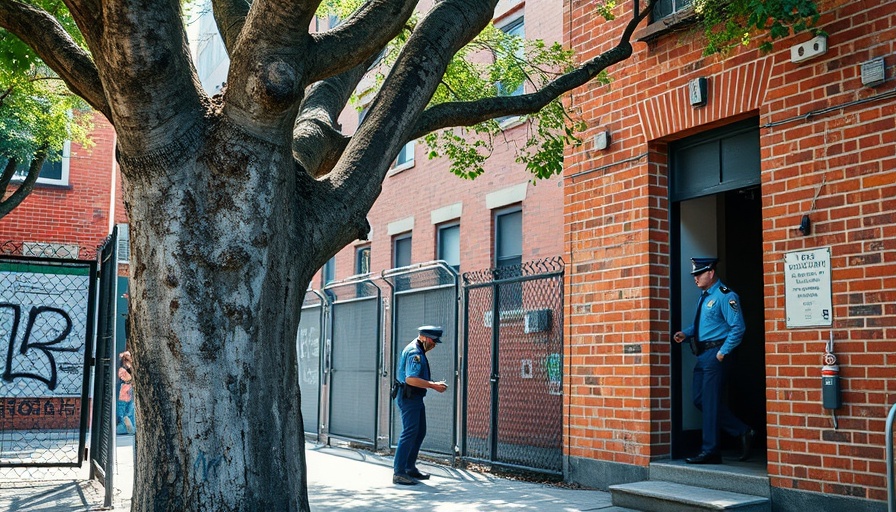
The Vision for Midtown South: A New Era of Housing
In a bold stride towards revitalizing one of New York City’s most crucial commercial zones, Mayor Eric Adams has initiated a public review for the Midtown South Mixed-Use Plan. This ambitious proposal seeks to introduce almost 10,000 new housing units, including 2,900 designated as income-restricted affordable housing. With the city facing a housing crisis marked by a historic vacancy rate of just 1.4%, the urgency for such a plan is palpable.
Why This Mixed-Use Plan Matters
The Midtown South plan is set to reshape a highly commercial district that has long been constrained by outdated zoning laws. The area, covering 42 blocks between West 23rd and West 40th Streets, will undergo significant transformations to incorporate more residential spaces alongside commercial ones, invigorating local businesses and creating a bustling 24/7 neighborhood.
The Role of Aging Zoning Regulations
For decades, the manufacturing-focused zoning regulations have stifled growth and limited potential in Midtown South. According to city planning officials, the introduction of new residential zoning districts, such as R11 and R12, will allow for higher floor area ratios (FAR), facilitating denser living options that blend seamlessly with existing commercial establishments. These changes aim to stimulate foot traffic, improve local services, and ultimately boost economic vibrancy in the area.
Community Engagement and Future Prospects
Public participation is central to this project. The new plan will undergo the city’s land use public review process (ULURP), giving community boards and borough presidents a platform to voice opinions and suggestions. This emphasis on community input comes after extensive engagement efforts by the NYC Department of City Planning (DCP), which aimed to address the neighborhood's shifting needs.
Linking Affordable Housing to Urban Revitalization
A noteworthy aspect of this initiative is its commitment to affordable housing through the city’s Mandatory Inclusionary Housing (MIH) policy. For the first time in this area, developers will be required to include a percentage of affordable units in new constructions, ensuring that as the neighborhood grows, it remains accessible to a diverse population.
Setting the Stage for a Thriving Future
With the groundbreaking Midtown South Mixed-Use Plan, the city not only targets a housing shortage but also aims to build a more connected, vibrant community. By integrating residential developments with local business needs and public amenities like schools and parks, it lays the groundwork for a dynamic neighborhood that meets the demands of modern urban life.
The next steps will unfold as the city proceeds through the public review process. If you’re invested in the future of New York City and want to stay updated on this transformative journey, engage with local community forums and attend upcoming public meetings.
 Add Row
Add Row  Add
Add 




Write A Comment